CarEdge saved me over 4,500 dollars on a brand new Honda Pilot. I can't say thank you enough.
Price intelligence
Find a wide range of vehicle listings with market insights on new and used listings near you.
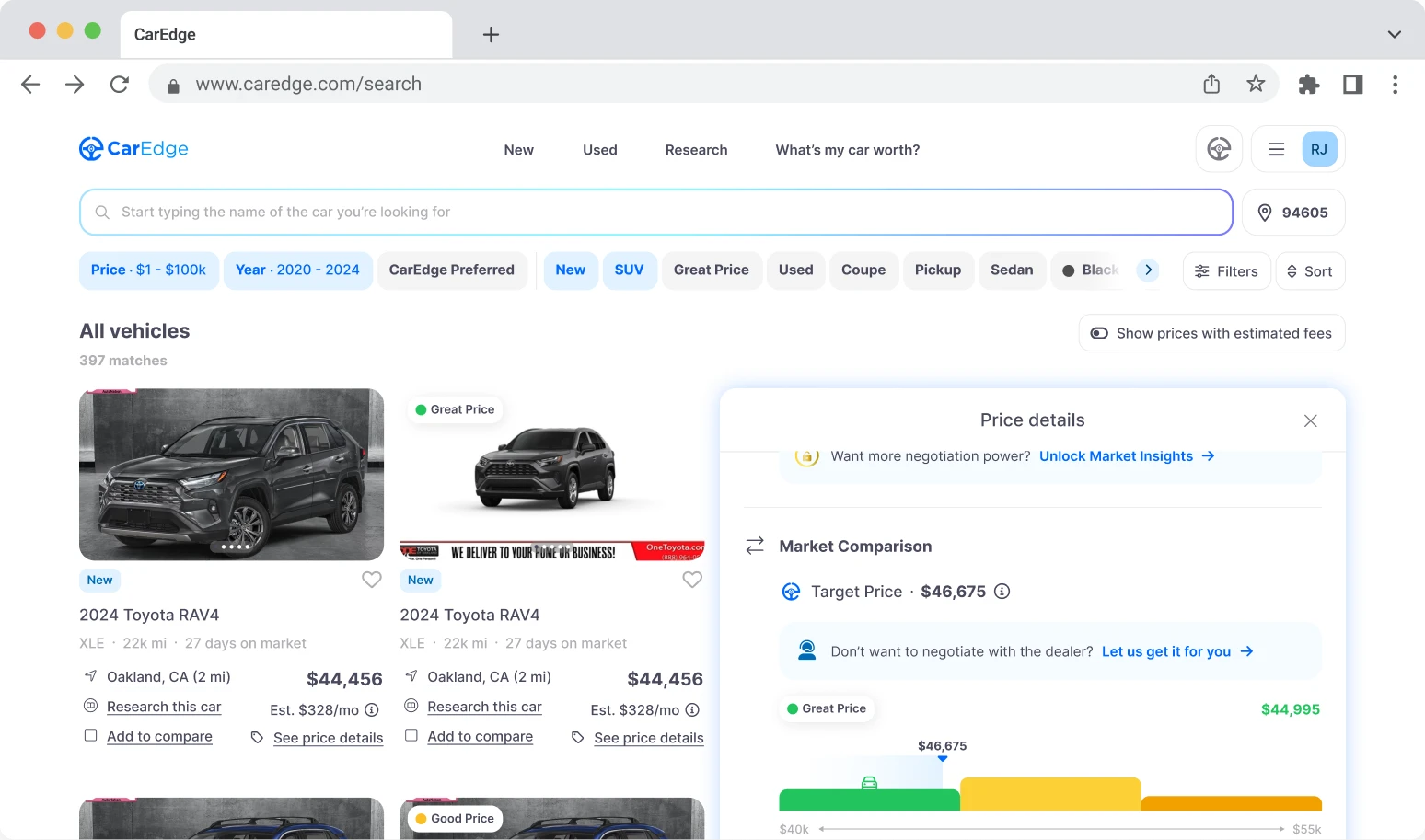

Help us personalize your CarEdge experience — it only takes a second.
Your answers help us personalize your CarEdge journey — we’ll follow up with tips and next steps that match your buying timeline.

As 2024 wraps up, automakers are rolling out incredible year-end lease deals on a wide range of vehicles, from family SUVs to full-size trucks. With dealerships eager to clear out inventory, now is the time to lock in a great lease with low monthly payments, minimal upfront costs, and even bonus incentives.
Here are 10 amazing year-end lease deals you don’t want to miss before the calendar flips to 2025. Note that these manufacturer offers do not include tax, title, and fees, and not all dealers participate.

Lease the Taos S for 36 months with $0 down, $0 first month’s payment, and $0 due at signing with payments of $339 for the remaining 35 months.
This offer expires on January 2, 2025. See offer details.
Browse Volkswagen Taos listings with local market insights

Lease the Atlas for 36 months with $0 down, $0 first month’s payment, and $0 due at signing with payments of $619 for the remaining 35 months.
This offer expires on January 2, 2025. See offer details.
Browse Volkswagen Atlas listings with local market insights

Returning GM lessees can lease the Terrain from $370/month for 39 months with $0 due at signing. See offer details. This offer expires on January 2, 2025.
Browse GMC listings with local market insights

Lease the Subaru Outback from $299/month for 36 months with $3,049 due at signing.
This offer expires on January 2, 2025. See offer details.
Browse Subaru listings with local market insights

Lease the gas-powered Equinox from $299/month for 36 months with $1,369 due at signing.
This offer expires on January 2, 2025. See offer details.
Browse Chevrolet Equinox listings with local market insights
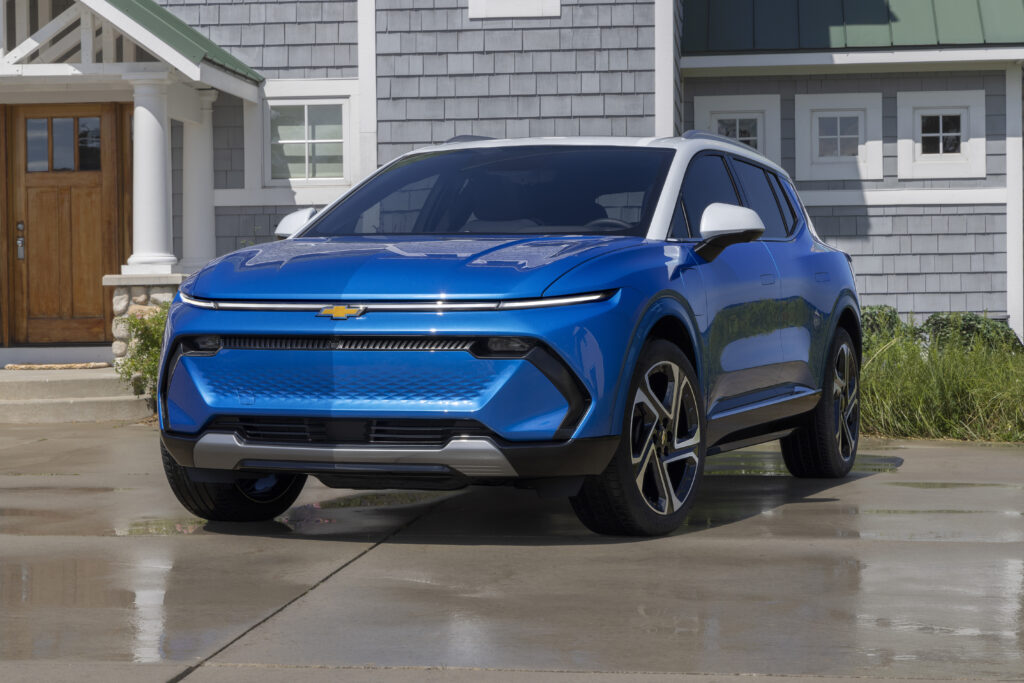
Lease the Equinox EV for just $299/month for 24 months, with $3,169 due at signing.
This offer expires on January 2, 2025. See offer details.
Browse Chevrolet Equinox EV listings with local market insights

Lease the Buick Envista from $249/month for 24 months with $2,809 due at signing.
This offer expires on January 2, 2025. See offer details.
Browse Buick Envista listings with local market insights

Lease the Tacoma TRD Off Road for $489/month for 36 months with $0 due at signing in the Mid-Atlantic market. Lease for as low as $239/month with $3,999 down in other markets.
This offer expires on January 6, 2025. See offer details.
Browse Tacoma listings with local market insights

Lease the Tundra SR5 for $349/month for 36 months with $4,999 due at signing.
This offer expires on January 6, 2025. See offer details.
Browse Toyota Tundra listings with local market insights

Lease the Silverado 1500 Crew Cab 4WD Custom from $409/month for 36 months with $4,949 due at signing.
This offer expires on January 2, 2025. See offer details.
Browse Silverado listings with local market insights
With these incredible end-of-year lease specials, now is the perfect time to upgrade your ride before 2025 arrives. From SUVs like the Volkswagen Taos tol trucks like the Chevrolet Silverado and Toyota Tacoma, there’s a deal to suit any driver.
Remember, these offers are only available for a limited time, with most expiring in early January. Don’t miss your chance to lock in the savings.
Check out CarEdge’s Deal Hub for more insights and tools to help you save on your next lease!
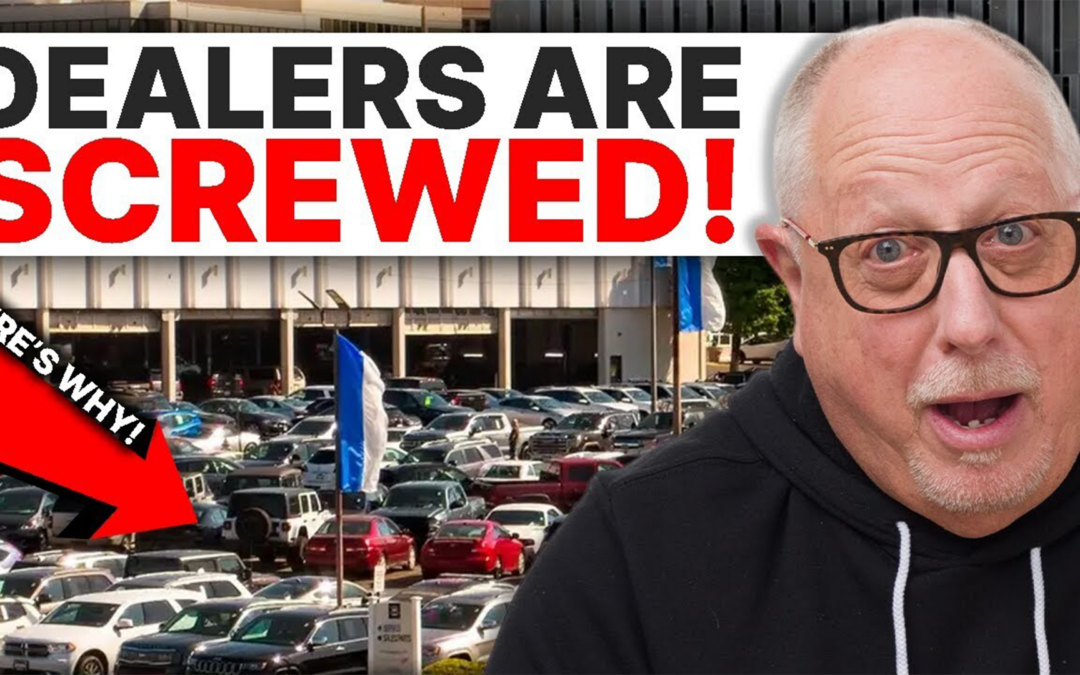
As 2024 comes to a close, some of the most negotiable cars and trucks today are leftover 2023 models. These vehicles have been sitting on dealer lots for well over a year, making them prime targets for buyers equipped with negotiation know-how. From muscle cars like the Dodge Charger to workhorse trucks like the Ford F-250, these leftover 2023 models represent an opportunity to negotiate significant discounts—often 20% off or more.
Here are the 10 most negotiable new cars and trucks on sale right now.

2,704 new 2023s for sale
Market Day Supply: 98 days
Total sold (last 45 days): 1,294
Average selling price: $46,454
The new Dodge Charger Daytona is officially here, but dealers have plenty of the last generation to sell. It looks like over 2,000 new 2023 Dodge Chargers will make it to see 2025 without an owner.
See the most negotiable Dodge Charger listings
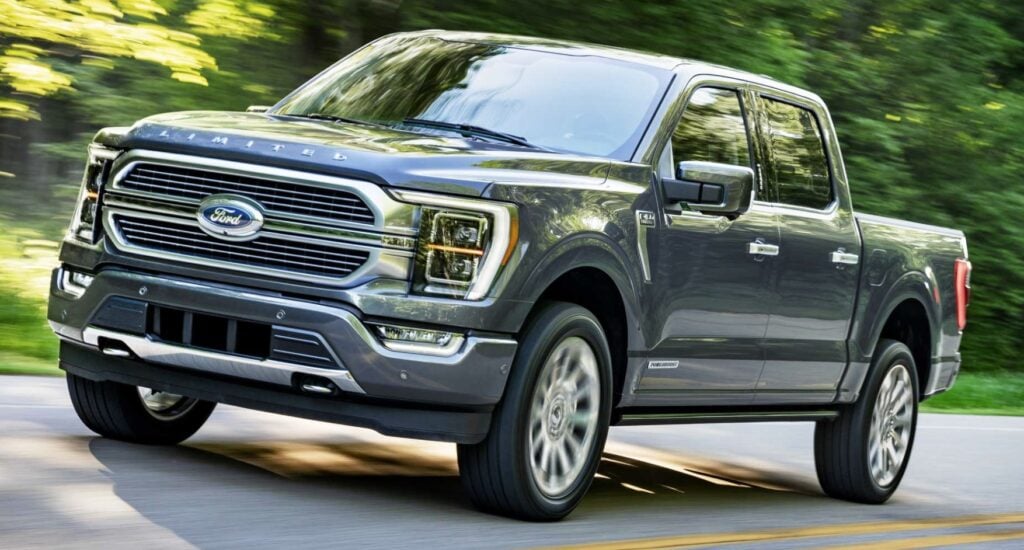
2,556 new 2023s for sale
Market Day Supply: 115 days
Total sold (last 45 days): 1,024
Average selling price: $57,868
The best-selling truck in America isn’t selling fast enough, at least not when it comes to leftovers from 2023. For truck buyers looking for the most negotiable new truck in December 2024, remaining 2023 inventory is the place to look.
See the most negotiable Ford F-150 listings

2,092 new 2023s for sale
Market Day Supply: 97 days
Total sold (last 45 days): 1,018
Average selling price: $54,247
If you want one of the last old-school muscle cars in America, there are still 2,000 new 2023 Dodge Challengers to choose from.
See the new Dodge Challenger listings with negotiation insights

1,200 new 2023s for sale
Market Day Supply: 109 days
Total sold (last 45 days): 308
Average selling price: $57,038
There’s yet another negotiable new truck in today’s market: any of the 1,000 new 2023 Ram 1500 pickup trucks still for sale in December. With the Ram 1500 Classic discontinued, fans of that truck should act quickly before they vanish from new truck lots forever.
See the most negotiable trucks for sale today

1,015 new 2023s for sale
Market Day Supply: 97 days
Total sold (last 45 days): 1,018
Average selling price: $61,973
Built for towing and heavier payloads, the F-250 is a true American work truck. However, it’s also quite expensive, with many trim options selling for north of $80,000. That’s what makes leftover 2023 F-250s special – they’re a rare chance for a deal on a capable work truck.
See the most negotiable Ford F-250 listings

933 new 2023s for sale
Market Day Supply: 160 days
Total sold (last 45 days): 267
Average selling price: $53,534
Highly negotiable 2023 Silverados are out there, although not in the numbers seen with Ford trucks. Negotiate at least 20% off of MSRP for any new 2023s on the lot in December 2024. Locking in savings is your only protection from the depreciation hit you’ll see when you drive off the lot.
See the most negotiable Silverado listings

903 new 2023s for sale
Market Day Supply: 173 days
Total sold (last 45 days): 238
Average selling price: $57,357
There’s a severe glut of unsold Jeep Grand Cherokees right now. Besides the 903 new 2023s still awaiting an owner, there are 15,000 2024 models on dealer lots in December. The good news is that the Grand Cherokee is highly negotiable today.
See Jeep Grand Cherokee listings near you

824 new 2023s for sale
Market Day Supply: 178 days
Total sold (last 45 days): 213
Average selling price: $35,548
The Escape has been discontinued after 25 years in the Ford lineup. Looking at the slowing sales numbers, it looks like a no-brainer for the automaker. If you’re in the market for a cheap crossover SUV, any of the 800+ remaining 2023 Escapes could be your best bet.
See discounted Ford Escapes for sale near you
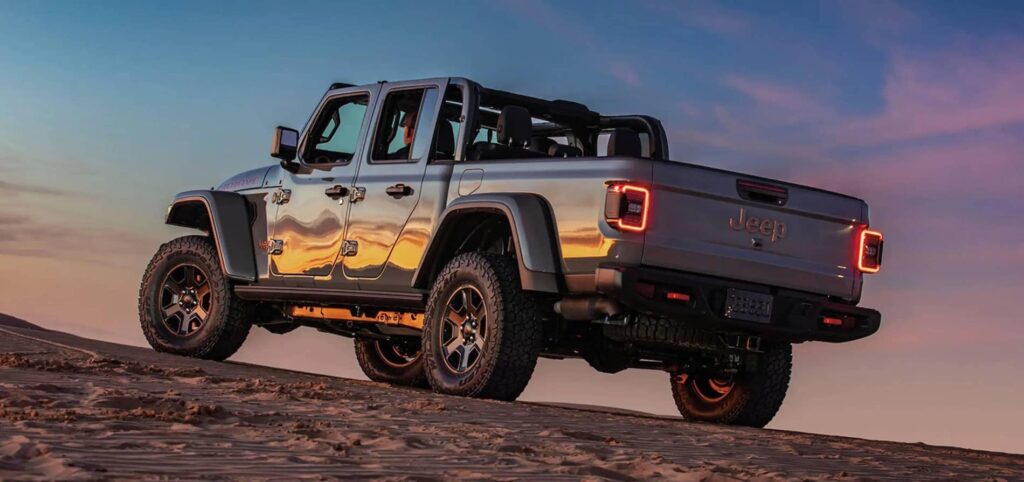
841 new 2023s for sale
Market Day Supply: 148 days
Total sold (last 45 days): 255
Average selling price: $51,933
Stellantis is undergoing quite the shakeup right now, in large part because of Jeep’s dismal sales numbers in recent years. The Jeep Gladiator is no different, with over 800 new 2023s still on sale in late 2024.
See the most negotiable Jeeps for sale

714 new 2023s for sale
Market Day Supply: 158 days
Total sold (last 45 days): 211
Average selling price: $64,866
Last but not least is the 2023 Ram 2500. The heavy duty truck, which is available with both diesel and gasoline-powered engines, is lauded for a comfortable ride for such a large work-oriented truck.
See Ram 2500 listings near you
With high inventory levels and plenty of 2023 models still on sale, now is the perfect time to negotiate your way to a great deal. Car dealers are the most motivated to sell each December as they strive to meet annual sales goals. As always, research is key—use tools like CarEdge Pro to analyze pricing trends and market supply before heading to the dealership.
Don’t miss your chance to score one of these highly negotiable deals before the year ends!
👉 Head to the new Deal Hub to see all of the best year-end car and truck deals for December 2024

We’ve got new comparisons fresh off the press! Consumer Reports just released their Car Brand Reliability rankings for 2025. Enjoy the fresh data below!
Have you ever found yourself pleasantly surprised upon discovering that a certain car brand far exceeds your expectations? Maybe it was the first time you saw the redesigned Kia Sportage, or perhaps it was the new Honda Accord. This year, some names on the list of the top 10 most reliable car brands might just raise your eyebrows!
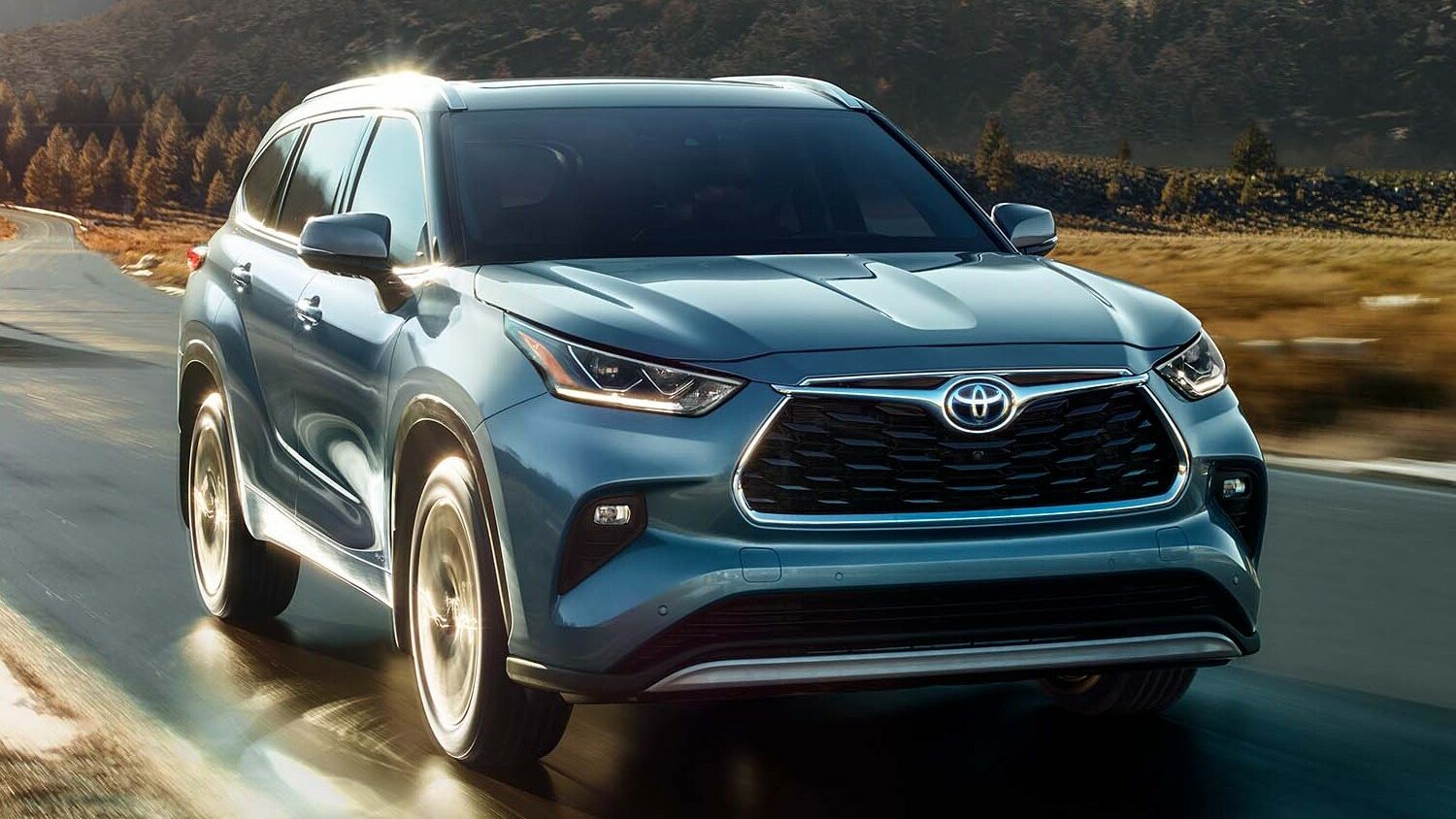
Every year, Consumer Reports asks its members about problems they’ve had with their vehicles in the previous 12 months. With data from over 300,000 vehicles that addresses 17 common trouble areas, CR’s reliability ratings are the best in the industry. The result of their testing and surveys is a rating system that assigns scores to brands and specific models.
These are the top 10 of the most reliable car brands for 2025 and their overall scores, as ranked by Consumer Reports. Surprise, surprise! Subaru, Lexus, and Toyota top the charts. Chances are you didn’t expect to see the likes of BMW, Kia, and Hyundai on this list! We’ve added the change in Consumer Reports brand reliability score since last year for comparison’s sake.
#1 Subaru – 68 (-1)
#2 Lexus – 65 (-14)
#3 Toyota – 62 (-17)
#4 Honda – 59 (-11)
#5 Acura – 55 (-15)
#6 Mazda – 55 (-12)
#7 Audi – 54 (+11)
#8 BMW – 53 (-11)
#9 Kia – 51 (-10)
#10 Hyundai – 50 (-6)
Among the top 10 brands by reliability, all except Toyota moved up this year. For 2025, Mini and Porsche were knocked off of the list.
👉 It’s important to note that Consumer Reports lacked sufficient data for brand rankings for the following brands: Alfa Romeo, Chrysler, Dodge, Fiat, Infiniti, Jaguar, Land Rover, Lincoln, Lucid, Maserati, Mercedes-Benz, Mini, Mitsubishi, Polestar, Porsche, and Ram.
Here’s how other major car brands scored in Consumer Reports’ testing.
# 11 Buick – 48 (-7)
#12 Nissan – 48 (+3)
#13 Ford – 44 (+4)
#14 Genesis – 40 (-4)
#15 Volvo – 38 (+10)
#16 Chevrolet – 37 (-6)
#17 Tesla – 36 (-12)
#18 Volkswagen – 34 (+8)
#19 Jeep – 33 (+7)
#20 GMC – 33 (-3)
#21 Cadillac – 33 (-3)
#22 Rivian – 14 (-10)
The bottom half shouldn’t be a surprise. In fact, it resembles the list of automakers with the most recalls in 2024:
See the complete list of NHTSA automaker recalls, and check your vehicle’s VIN number for recalls.
How did Consumer Reports come up with their reliability rankings? Here’s what they’ve shared on their rankings page: “This year we calculated brand-level score by first examining the weighted overall problem rate for all models within a brand for each model year. Then the brand reliability score was calculated by averaging models from 2022 to 2024, and some early 2025 data for each brand, where there was sufficient sample size.” For those interested in a 2025 model, you’ll have to wait until the next Consumer Reports reliability rankings come out in December 2025.
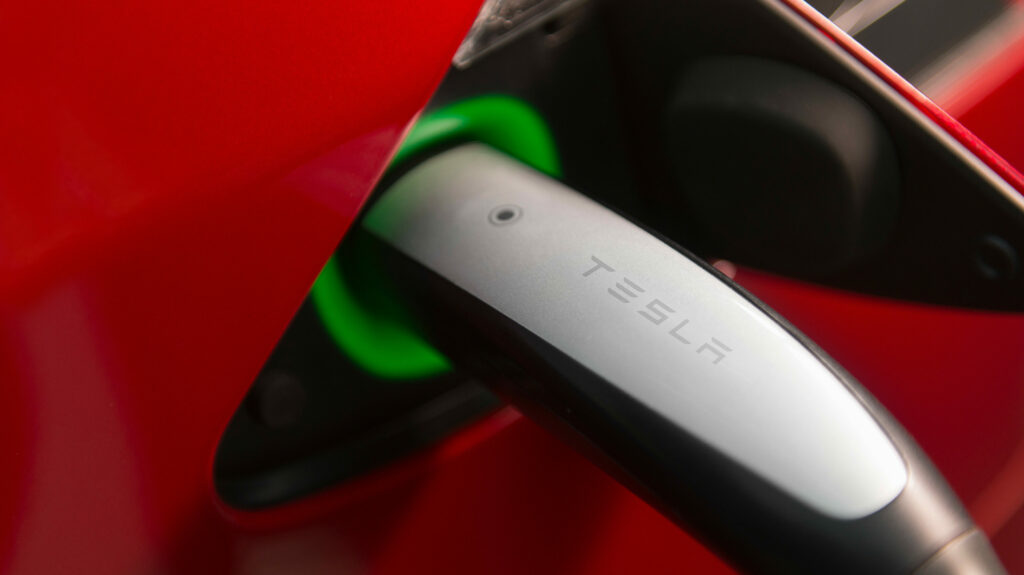
Hybrid vehicles were found to have the best reliability among electrified powertrains. A closer look at Consumer Reports’ 2025 data reveals that some hybrids have much worse reliability than others. Ford’s F-150 Hybrid and Escape Hybrid have very low reliability according to CR. Fully-electric vehicles had 42% MORE problems than gas and hybrid vehicles, and plug-in hybrids scored the worst by far with 70% more problems than gas and hybrid vehicles.
While reliability is a crucial factor in choosing your next vehicle, it’s essential to consider other elements. Factors like fuel efficiency, comfort, safety features, and the car’s total cost of ownership play significant roles in your decision-making process. Each driver has unique needs and preferences, and finding the perfect balance of these elements is key to enjoying your purchase for years to come.
👉 See CarEdge cost of ownership rankings here.

Ready to outsmart the dealerships? Download your 100% free car buying cheat sheets today. From negotiating a deal to leasing a car the smart way, it’s all available for instant download. Get your cheat sheets today!
![The 10 Best Year-End Car Deals [2024]](https://caredge.com/wp-content/uploads/2024/12/2024-12-02_The-Best-Year-End-Car-Deals_Blog-Header-Image_1920x1080_v1-1-1080x675.jpg)
Year-end sales are officially here, and there are nearly 1.5 million 2024 models left to sell. That’s bad news for automakers, but great news for car buyers. Manufacturers and dealerships are bringing their best incentives to the table for December. These are the top 10 year-end car deals in December 2024. Don’t expect deals this good to stick around come January!

Best Deal: 0% APR for 72 months, and up to $8,000 in total cash allowance. Some buyers may qualify for up to $3,750 in federal tax credits for the purchase of this plug-in hybrid SUV.
Lease the Grand Cherokee for $379/month for 42 months with $4,419 due at signing.
This offer expires on January 2, 2025. See offer details.
Browse Jeep listings with the power of local market insights

Best Deal: 0.9% APR for 60 months, or $3,500 customer bonus cash
Lease the Atlas for 36 months with $0 down, $0 first month’s payment, and $0 due at signing with payments of $619 for the remaining 35 months.
This offer expires on January 2, 2025. See offer details.
Browse Volkswagen listings with the power of local market data

Best Deal: 0.9% APR for 60 months, or $1,500 customer bonus cash. Offers cannot be combined.
This Mazda incentive includes the plug-in hybrid CX-90.
Current owners of a dozen competitor brands may qualify for an additional $1,250 in conquest cash incentives.
This offer expires on January 2, 2025. See offer details.
Browse Mazda listings with the power of local market data

Best Deal: 0% APR for 60 months
Lease the Rogue starting at $239/month for 36 months with $4,689 due at signing.
This offer expires on January 2, 2025. See offer details.
Browse Nissan listings with the power of local market data

Best Deal: 0.9% APR for 72 months, plus up to 15% off of MSRP
2025 Ram trucks qualify for up to $6,000 in cash incentives.
This offer expires on January 2, 2025. See offer details.
Browse Ram listings with the power of local market data

Best Deal: Finance the Tundra with offers of 1.99% – 2.99% APR for up to 72 months, depending on region.
Select trims qualify for up to $3,000 in cash incentives.
This offer expires on January 2, 2025. See offer details.
Browse Toyota listings with the power of local market data

Best Deal: 2.9% APR for 72 months
Lease the Subaru Outback from $299/month for 36 months with $3,049 due at signing.
This offer expires on January 2, 2025. See offer details.
Browse Subaru listings with the power of local market data

Best Deal: 0% APR financing for 72 months. See offer details.
Lease Offer: $279/month for 36 months with $5,468 due at signing.
This offer expires on January 2, 2025. See offer details.
Browse Mustang Mach-E listings with the power of local market data

Best Deal: 0% APR financing for 72 months.
Lease Offer: $329/month for 24 months, $4,849 due at signing
This offer expires on January 2, 2025. See offer details.
Browse EV9 listings with the power of local market data

Best Deal: 0% APR financing for 60 months. See offer details.
Lease Offer: $299/month for 24 months, $3,169 due at signing.
This offer expires on January 2, 2025. See offer details.
Browse Equinox EV listings with the power of local market data
There’s an abundance of great offers right now, and it’s only for a limited time. Come January, these incentives will vanish, only to be replaced by less appetizing offers. December is always the best month to buy a car. If you’re on the fence about a purchase or new lease, know that these are the best deals we’ll see for months to come. Tired of car buying hassles? We can always help with CarEdge’s car buying service.
Stay tuned to CarEdge for the latest car deals, free guides and resources, and premium tools to negotiate ANY deal effectively. We’re here to help!
👉 Know before you buy! Estimate your future insurance costs with our free car insurance calculator
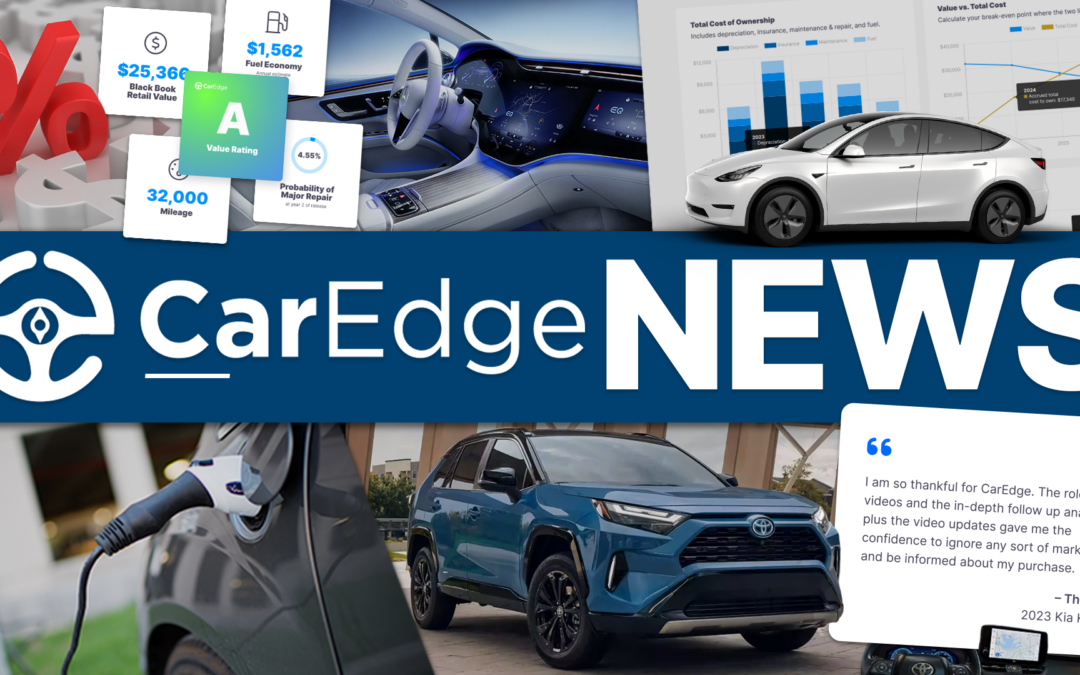
In a surprising move, Stellantis CEO Carlos Tavares has stepped down from his position, effective immediately. The announcement comes as the automaker faces slumping profits and weakening U.S. sales across its brands, which include Jeep, Ram, Dodge, Fiat, Alfa Romeo, Chrysler, and Maserati. The resignation marks a sudden leadership shakeup for the global automaker, leaving both the auto industry and consumers questioning what lies ahead.
Stellantis released a statement on December 1, 2024 confirming Tavares’ resignation, citing disagreements between the CEO and the board of directors. To ensure continuity, Stellantis has formed an interim executive committee while a special committee works to appoint a permanent CEO. The process is expected to conclude by mid-2025. Understandably, car buyers are feeling a sense of uncertainty with the world’s fourth-largest automaker marching towards 2025 without a leader.
The timing of this leadership change comes at a critical moment for Stellantis. The automaker has been navigating challenges in electrification, global sales, and production. Just last month, Stellantis reported a drop in profit and a sluggish performance in the U.S. market. Several of the slowest-selling cars in America are from Jeep, Fiat, and Alfa Romeo.
For current shoppers eyeing a new Jeep, Ram, or Dodge during December’s year-end car sales, there’s little reason for immediate concern. December’s deals will remain unaffected by the leadership shakeup. Additionally, the vehicles currently on dealership lots have already been built, ensuring consistent quality for buyers today.
However, for those looking to the future, Stellantis’ leadership crisis introduces a layer of uncertainty. Depending on how the automaker’s new leadership chooses to navigate these challenges, significant shifts in brand strategy, quality, and reliability could be on the horizon. Extreme cost-cutting measures to address profitability concerns could result in setbacks, particularly if they compromise vehicle durability or customer satisfaction.
Another potential concern is the impact on resale values. If Stellantis faces ongoing struggles, the market value of its vehicles could decline, especially if rumors of brand discontinuation or financial instability arise. Buyers planning to hold onto their vehicles for several years should factor these possibilities into their decisions. See how Jeep, Ram, and Dodge resale values compare.

For those considering a Stellantis vehicle today, December is still an excellent time to buy. Year-end car deals are among the best of the year, with significant discounts and financing offers available across Jeep, Ram, Dodge, and other Stellantis brands. We’ve gathered all of the best car deals here.
For instance, Jeep and Ram are offering competitive APR financing and cash incentives on popular models, and Dodge muscle cars are seeing deep discounts as the company clears inventory ahead of model transitions. The current deals reflect business as usual for Stellantis, making now a great time to take advantage of the incentives.
While December deals remain a bright spot for buyers, Stellantis’ future direction remains uncertain. Whether the automaker can navigate this leadership transition effectively will depend on the decisions of its new CEO and leadership team. With challenges in electrification, profitability, and U.S. market performance, the stakes are high.
Stay tuned to CarEdge News for updates on Stellantis’ future and its impact on buyers.